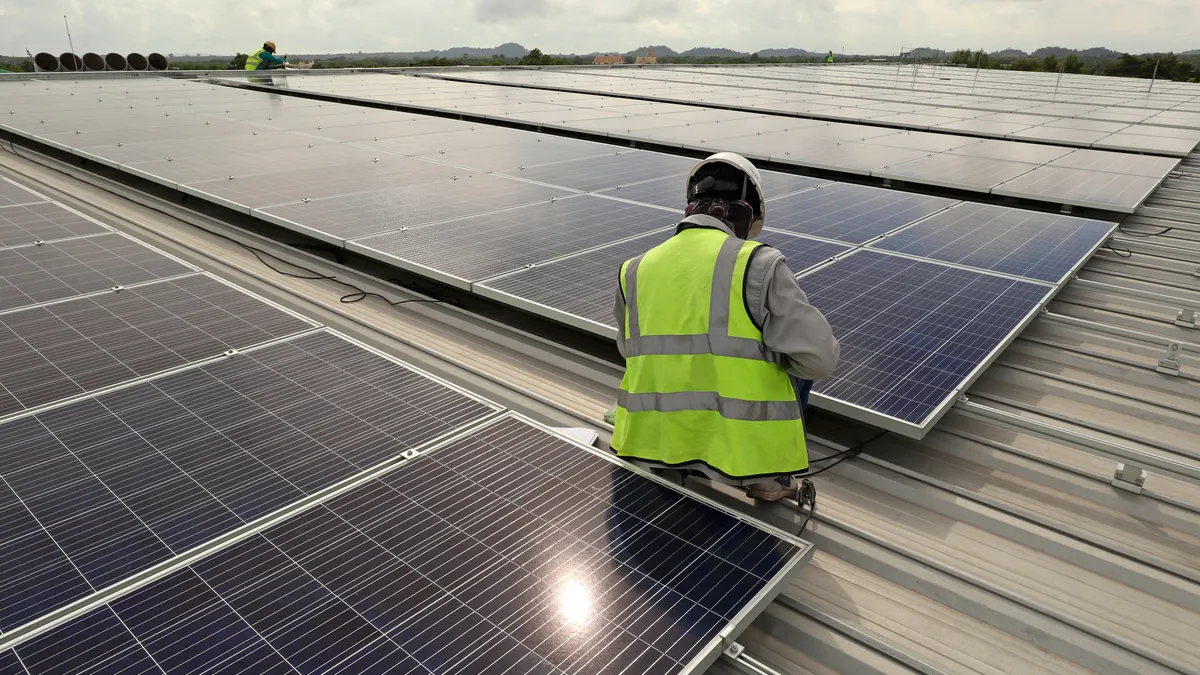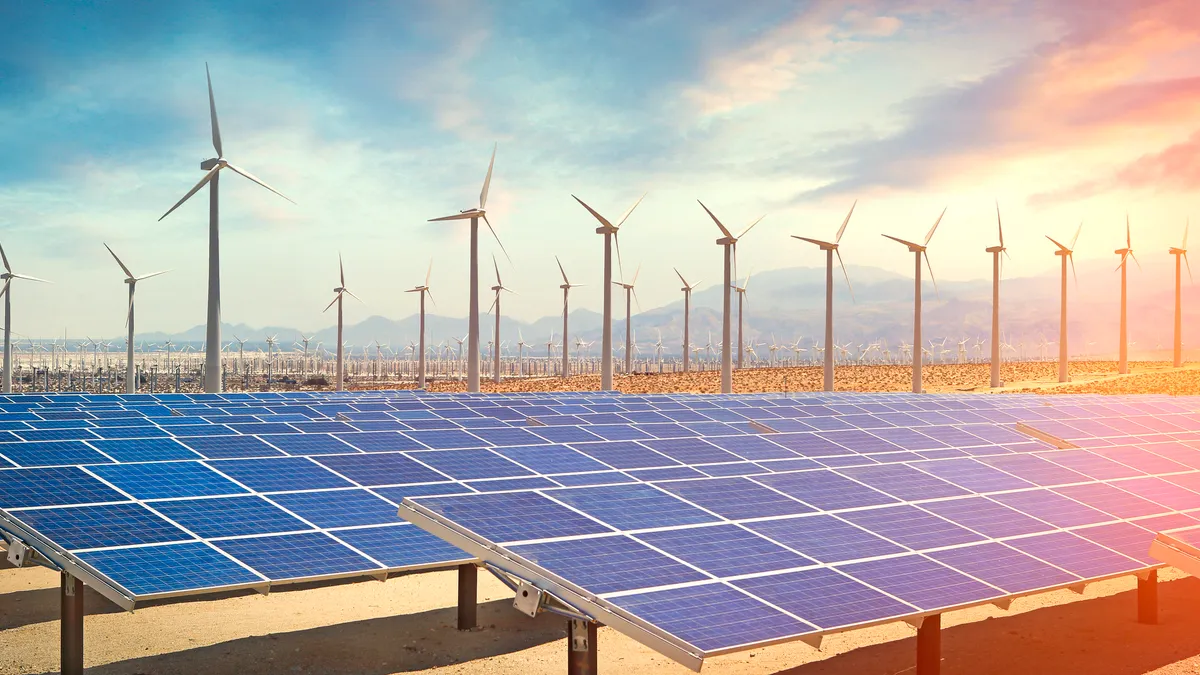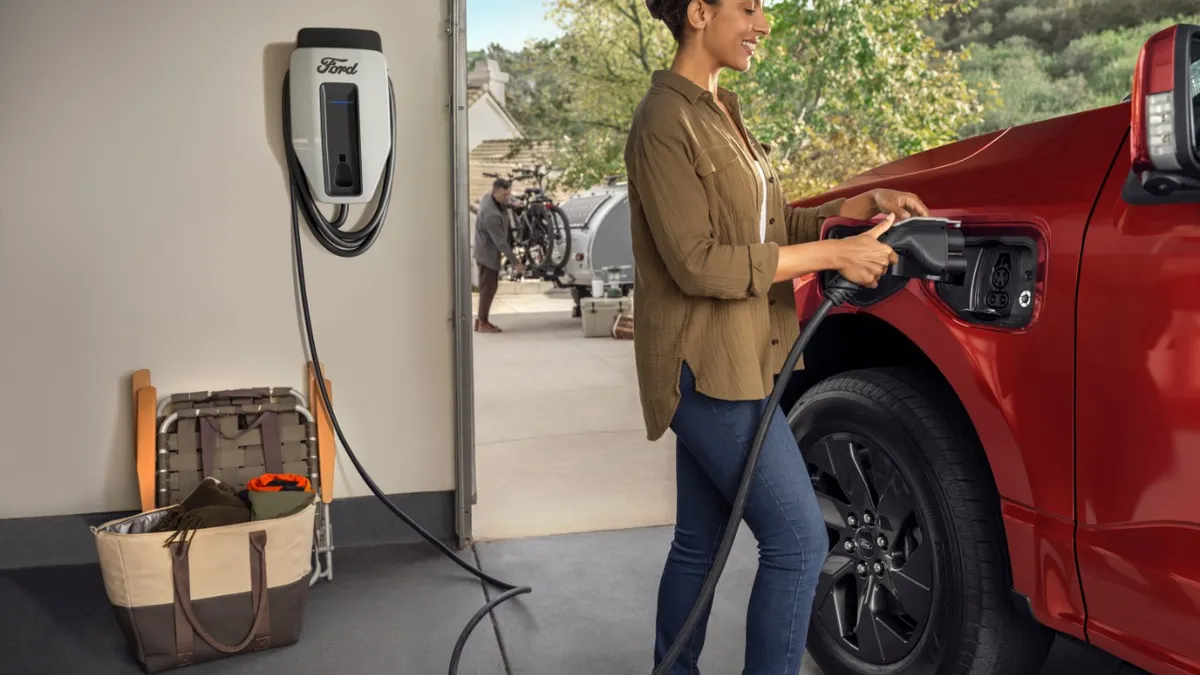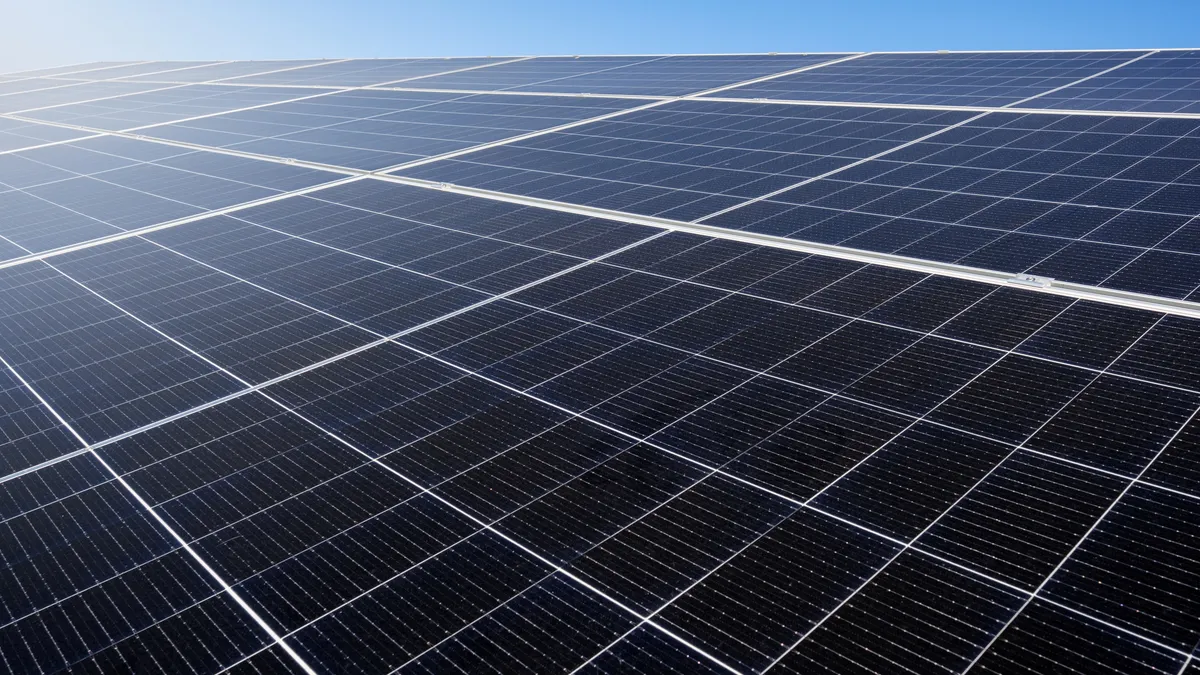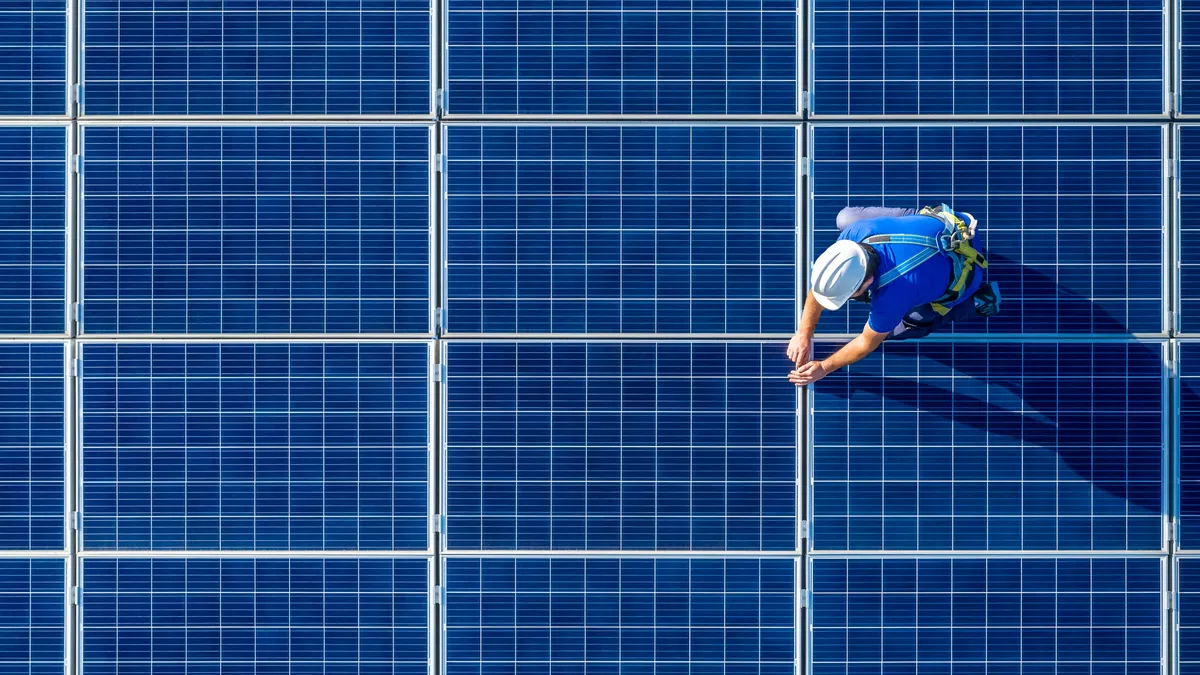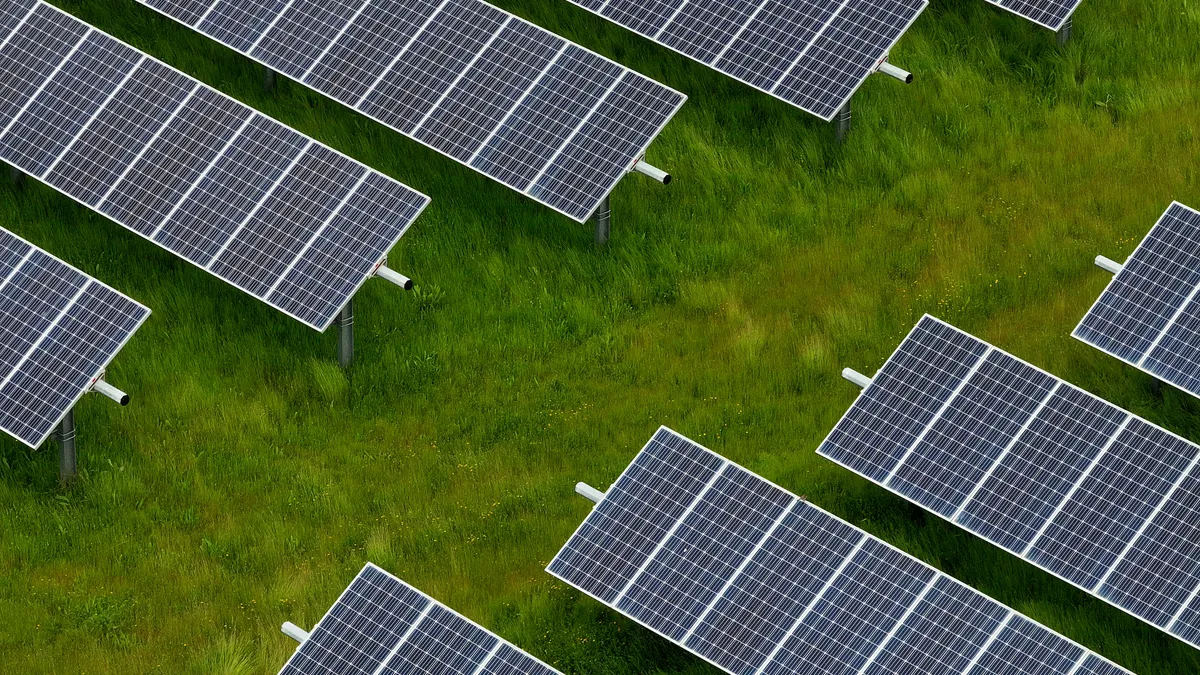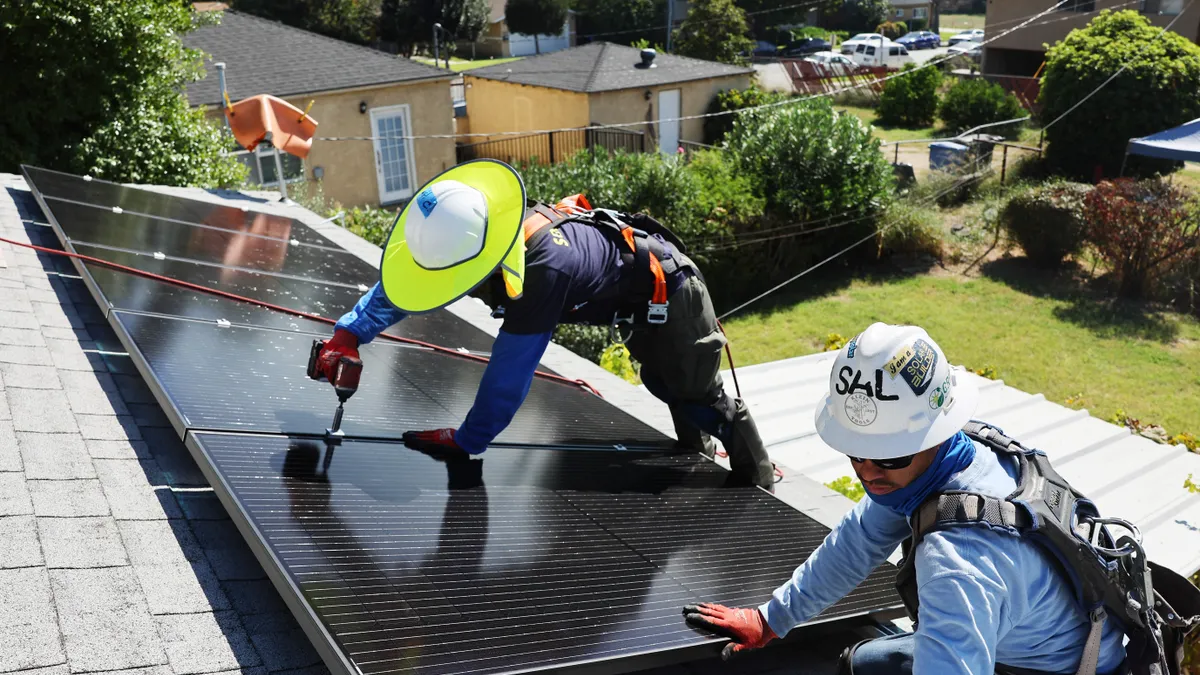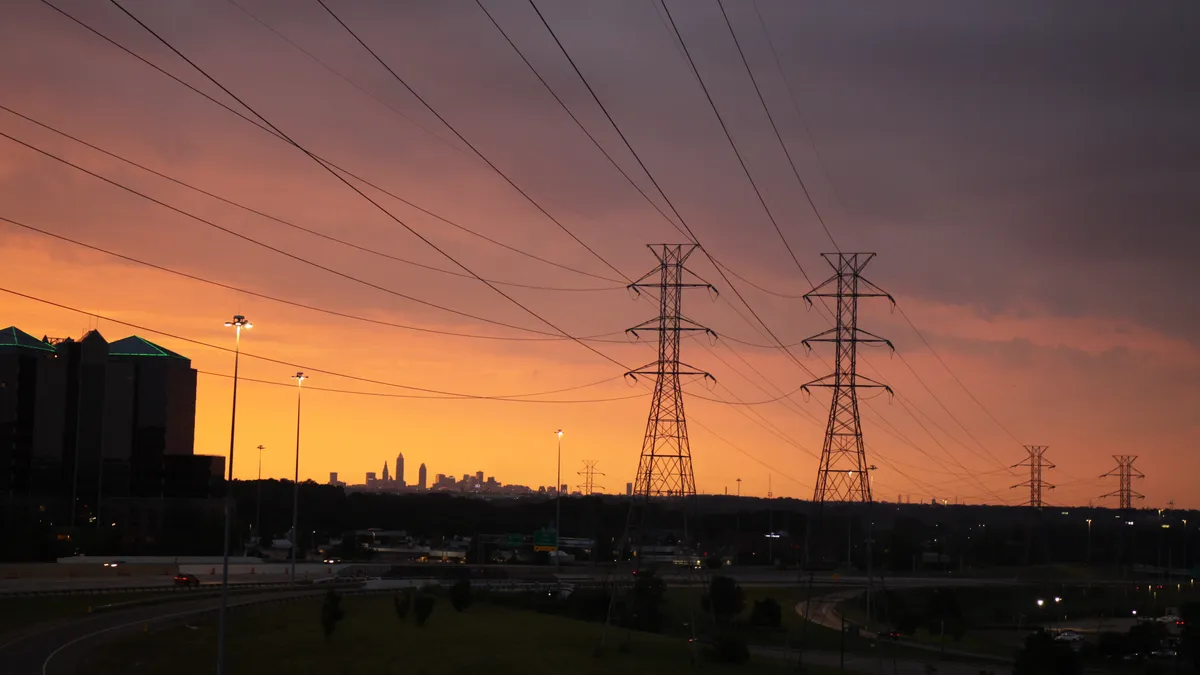Jeff Cramer is CEO of Coalition for Community Solar Access. John Farrell is the co-director of the Institute for Local Self Reliance.
Millions of electric customers are on the cusp of gaining access to the benefits of local, clean solar energy as state legislatures in at least eight states across the country consider bills that would allow third-party community solar development for their constituents. But we’re in danger of missing out on the benefits these projects could bring because utilities continue to misrepresent the facts to protect their profits.
Community solar bills are being sponsored by legislators from both parties across the country and enjoy widespread public support, including from a diverse coalition of groups — from farmers and businesses, to environmental justice and ratepayer advocates. These bipartisan coalitions have rallied behind community solar because it would create competition, more energy choice, economic development and bill savings for all ratepayers.
Why, then, are utilities misrepresenting the cost of community solar to scare legislators from passing bills in these states and slowing progress at every turn?
It’s really rather simple: utilities often oppose customer-driven, third-party owned energy projects like community solar because they threaten to supplant utility investments and shareholder profits. They use “cost-shift” — the idea that when one ratepayer benefits, the others bear the cost — as their bogeyman. And because utility ratemaking happens in a black box, it’s hard for legislators to argue against it.
Community solar provides every household and business the opportunity to subscribe to solar energy without needing to install a system on site. The projects are typically 5 MW and below, serving up to 1,000 households, and a great way to bring bill savings to those who historically haven’t had access to clean energy. Leveraging millions in capital from individuals, businesses and entrepreneurs, community solar means accelerating an all-of-the-above approach to clean energy deployment.
But if we’re going to harness the benefits of community solar, we need the utilities to stop spreading misinformation about costs and come clean about the value these projects bring to the grid.
The truth is that research and numerous cost-benefit analyses show that investing in smaller projects built on the distribution network — like community and rooftop solar — bring unique benefits to all ratepayers on the grid. And when those benefits are properly accounted for, the costs for electric customers are virtually identical to utility-scale projects.
That’s because when you build smaller projects, in-state, closer to where the energy is being consumed, you make more efficient use of existing infrastructure and allow utilities to avoid poles, wires and transformer costs they would otherwise pass onto ratepayers. Widespread ownership of these local projects also means widespread financial and economic benefits that are missed if the utility monopolizes ownership of clean energy.
In fact, one study by grid modeling expert Vibrant Clean Energy showed that if more than 10% of our grid were made up of distributed projects, ratepayers would save nearly half a trillion dollars versus if those projects didn’t exist.
These savings include: leveraging private capital to upgrade the distribution system; reducing investment required to develop expensive transmission projects; greater fuel diversity; reduction in the use of expensive and polluting peaker plants; and an overall reduction in how much electricity is lost when it travels from central power plants to the end customer.
Local solar also creates larger societal benefits like local economic development, greater local ownership, more competition in the energy sector and faster, more certain deployment of clean energy.
Utilities prefer to hide the benefits of local solar because the widespread benefits don’t include higher profits for monopoly utility shareholders. They would rather elbow out any competition so they can have exclusive access to build and own everything.
When beating back competitive offerings, utilities become great actors. They pretend to be knights in shining armor protecting the ratepayers against unnecessary costs. Meanwhile backstage, utilities dispatch hordes of lawyers, lobbyists and mountains of paperwork to hide what energy truly costs. Whether it’s the sweetheart deals they give to large industrial users, the transmission projects that always come in over budget, the power plants and other stranded assets they get paid to retire or the army of lobbyists they fund using ratepayer dollars to ensure they maintain their monopolies — it’s not a matter of if the utilities will raise rates, but by how much. We've seen this play before — we know how it ends — and it's time to change the script.
Fortunately, not all utilities are spreading misinformation and turning a blind eye to the benefits of local solar — but only the ones with less of a profit motive. In 2023, New Hampshire Governor Sununu commissioned a study that found distributed generation created between $0.11/KWh and $0.18/KWh of value in 2021 and could create up to $0.23/KWh of value in 2035. The utilities in New Hampshire finally came clean by admitting publicly that distributed projects bring additional value to the grid. According to a joint filing by the state’s largest utilities, they “agree that distributed generation facilities can provide greater benefits than larger generation resources by reducing line losses, lowering peak load on portions of the distribution system, and diversifying energy resources. These benefits should be considered in any assessment of the balance [of participating customer] interests with those of [non-participating] customers.”
It helps that New Hampshire’s utilities are deregulated so they have less financial incentive to spread misinformation on generation than vertically integrated monopoly utilities who lose profit when they can’t build and own all forms of generation.
We are in the midst of one of the biggest transitions in history with the way we generate, transmit and utilize electricity, and the stakes couldn’t be higher. The question for lawmakers, state energy offices and regulators is whether we want to leverage the power of the private market, customer demand, industry competition, innovation and decentralization to shift risk off ratepayers and improve our centuries old grid. Or will we continue to succumb to the misinformation, money, power and legacy monopoly business models of the past?
It’s time we say enough to the bogeyman and start democratizing the energy grid with community solar.


